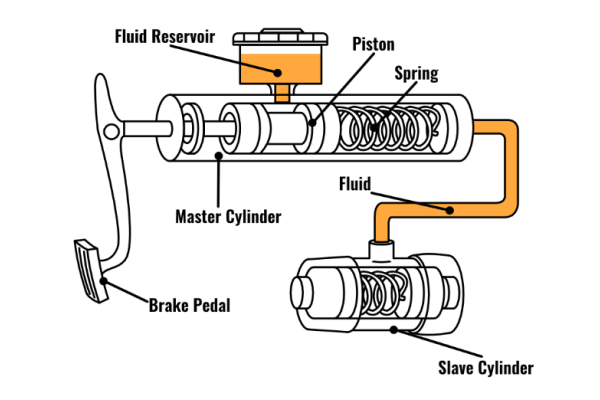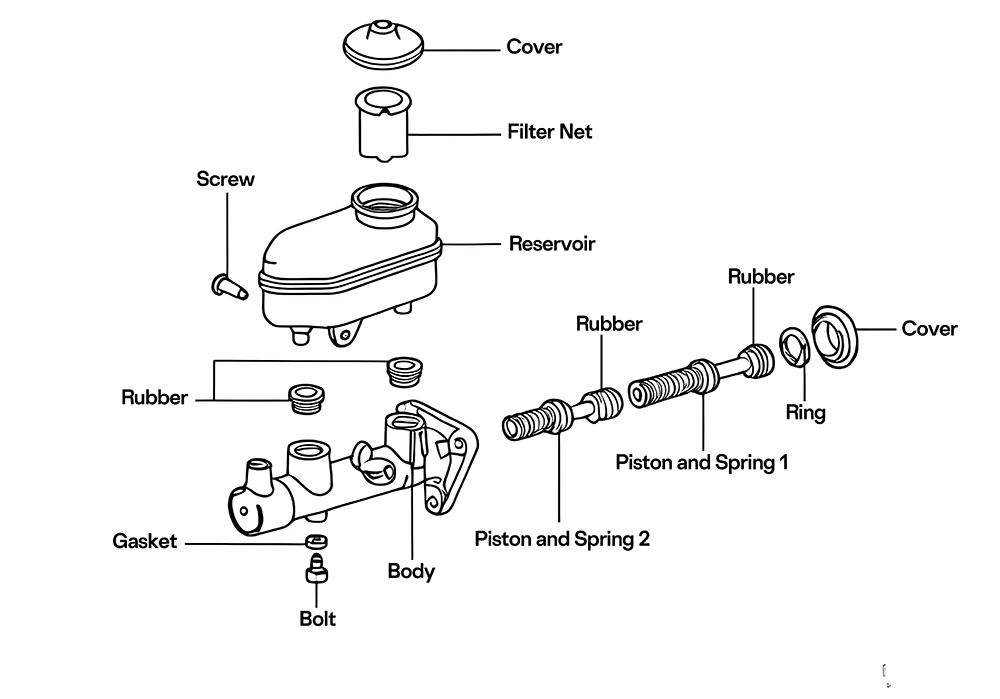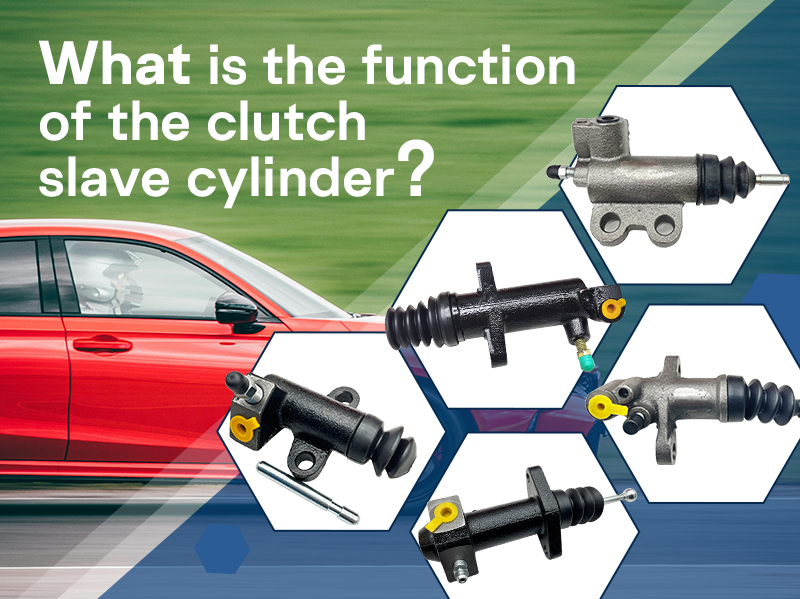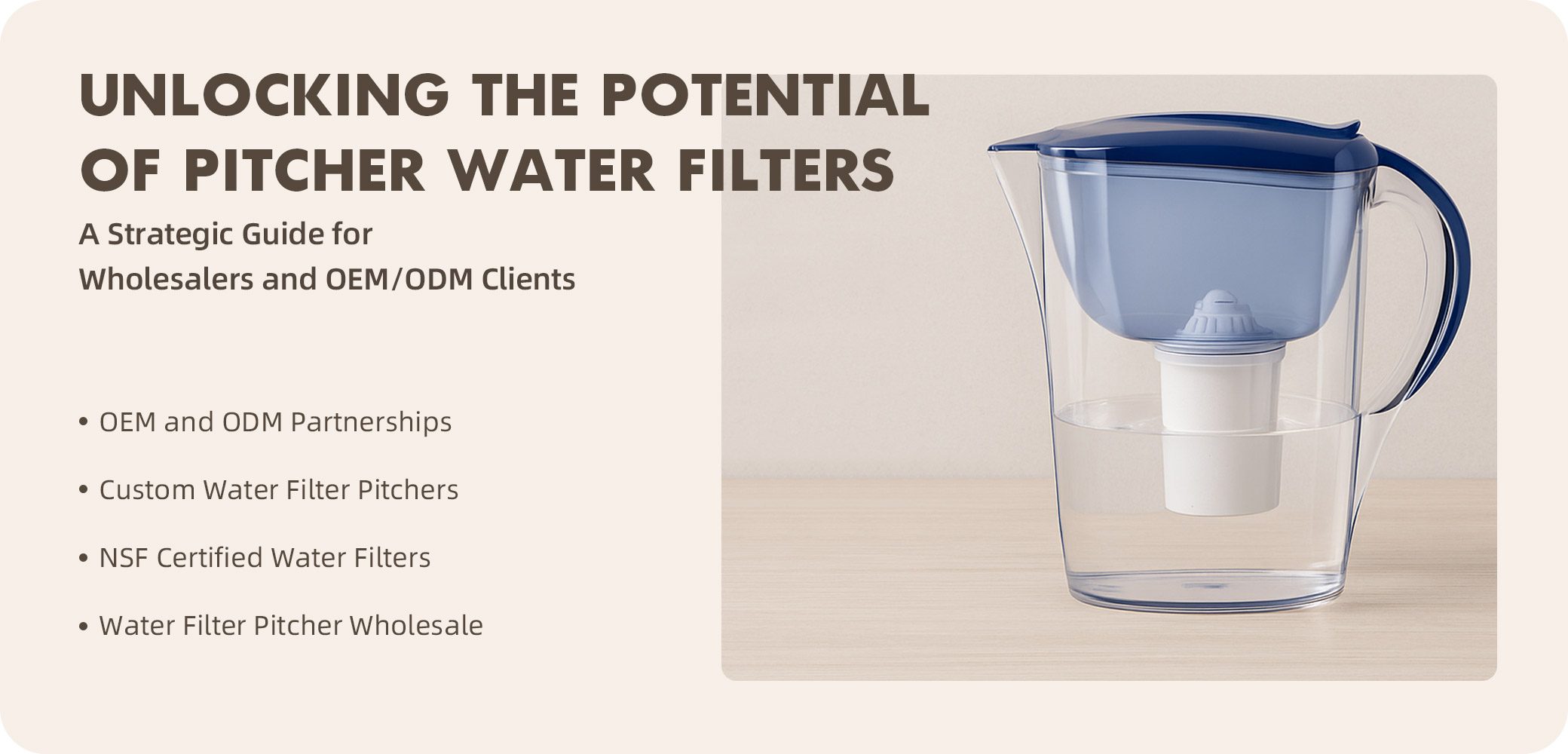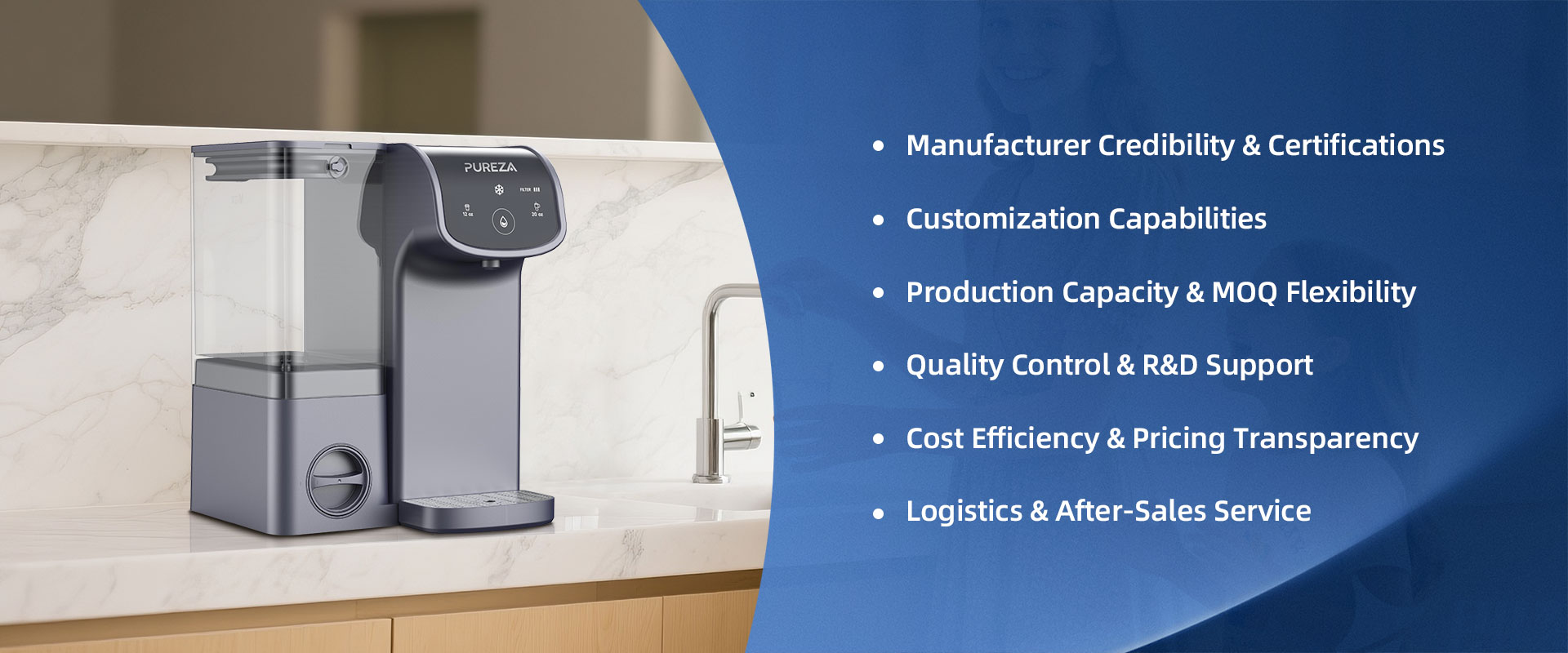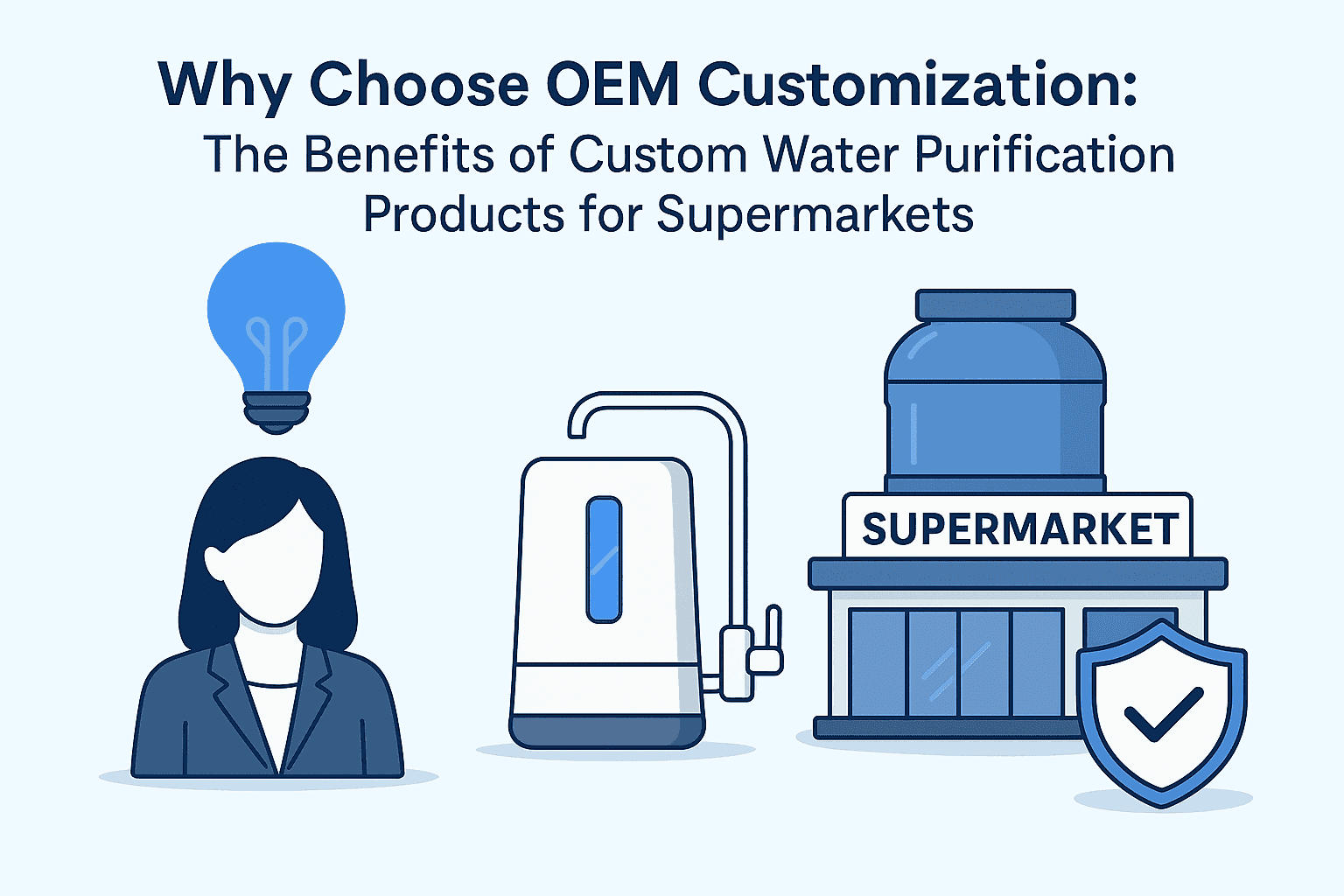How many companies make fire engines?(Ⅰ)
1、1st Attack Engineering, Inc.
• Jeffrey Cook and his wife Jody founded 1st Attack Engineering, Inc. in 1999.
• Jeffrey Cook is a seasoned firefighter who grew up helping out in his father's auto body and paint store, has fifteen years of volunteer firefighter experience, and is a member of the truck racing team.
• Jeffrey Cook built his first fire truck conversion for a fire department in Auburn, Indiana in 1995.
• 1st Attack Engineering, Inc. is a one-stop shop for all emergency, rescue, and firefighting needs, dedicated to designing and building firefighting and emergency vehicles to meet the needs of our customers and to reflect the unique capabilities of the vehicle.

2、4 Guys Stainless Tank and Equipment
• In 1974, the founder of 4 Guys started a company that repaired stainless steel milk tank trucks, and the company transitioned to fire truck manufacturing. Today the company produces a steady stream of 50 to 60 fire trucks per year and has annual sales of more than $23 million.
• Provides all-welded stainless steel bodies with a 30-year warranty (body, subframe, pumphouse, compartment doors, and all stainless steel parts manufactured by the company).
• 4 Guys' engineering department makes multiple revisions to the truck's manufacturing drawings from time to time, not only to ensure that the product is safe and reliable, but also to comply with NFPA standards.

3、Alexis Fire Equipment IL
• Alexis Fire Equipment was founded in 1947 and began as a small manufacturing facility that could only accommodate four fire trucks at a time.
• Has an ever-expanding product line of unique customized aerial work platforms, rescue trucks and fire pumps, as well as major refurbishment and equipment re-installation projects.
• Exclusive specialty vehicle lines including the Response 1, Vision Series and the new Engine 1 Series that truly understand the needs of firefighters and rescuers.
• Customers can view online and get weekly updates on the progress of building a fire truck just for you, which can be promptly adjusted to your requirements.

4、Blanchat Manufacturing
• Founder Greg Blanchat, Greg Blanchat is a member of the local fire department, understand the dangers of firefighting, committed to providing firefighters with safer equipment.
• 1989 saw the introduction of the BATROPS lateral rollover protection system, which provides six-sided steel protection that meets SAE J1194 standards.
• Blanchat Manufacturing's brush work trucks meet NFPA field operations specifications to help improve FF safety;
• Supports customization, allowing the trucks to be customized in a number of ways to meet MVFD's unique needs;

5、Bluegrass Fire Apparatus
• Bluegrass Fire Apparatus is a division of Bluegrass Tank & Equipment that specializes in fire truck manufacturing;
• Bluegrass Tank & Equipment was founded in 1970 and began operations in January 1972 by Richard E. Davis before moving to Canyon City, Texas in 2016 to change its name to Texas Tank and Equipment;
• Bluegrass Fire Apparatus manufactures commercial chassis tankers and pumper trucks, primarily serving rural fire departments.
• Bluegrass Fire Apparatus has extensive experience in trailer manufacturing, repair, and can provide high-quality customized solutions for fire trucks.

6、BME Fire Trucks
• Established in 1990, is a leading manufacturer of wildland firefighting equipment, capable of providing superior brush fire trucks, troop carriers, water trucks and BME equipment;
• Provides firefighting equipment, protection and service to fire departments throughout the United States and Canada;
• Serving fire departments that serve the California Department of Fire Protection (CAL FIRE), Bureau of Land Management (BLM), U.S. Forest Service (USFS), and municipal fire departments across the country.
• We insist that every piece of fire equipment undergoes a rigorous inspection (safety, durability, performance) before it leaves the factory to ensure optimal performance in however severe the fire season may be.

7、Custom Fab & Body LLC
• Established in 1994, this is a modern manufacturing facility where employees have access to high-tech manufacturing equipment for design flexibility and CAD and other 3D modeling workstations;
• Products are diverse, serving the fire and rescue emergency vehicle, service body, utility body, and utility service industries, as well as taking on military parts, rock crusher parts, and other custom assemblies or components;
• For customized products for customer needs, there is no uniform standard, are designed and manufactured to meet the specific needs of customers.

8、Custom Fire Apparatus, Inc
• Founded in 1978, is an original equipment manufacturer specializing in the custom design and manufacture of structural fire apparatus and rescue teams;
• Uses Pro-E engineering software to perfect each piece of equipment and lasers to cut each part to ensure a tight and quality product;
• is a fusion of personalized tradition and modern technology in the fire equipment industry, with custom designs beyond the capabilities of ordinary assembly line trucks.

9、Danko Emergency Equipment
• Founded in 1974, a family-owned business serving fire departments, rural fire districts and government agencies.
• Manufactures and sells high-quality firefighting and emergency response vehicles, which include tankers, pumper/tankers, pumper trucks, rapid assault vehicles, rescue trucks, skid steers, wildland trucks, airport trucks, and other specialty vehicles.
• The company's employees are familiar with the mechanics of the equipment and understand the changes and needs of the fire department in real time, making it one of the outstanding emergency equipment companies in the Midwest.

10、Deep South Fire Trucks, Inc.
• Mainly produces firefighting equipment such as fire pumper trucks, tanker trucks, rescue trucks, etc. It provides customized and commercial chassis fire trucks;
• Supports customization of vehicle equipment such as fire truck heights, tankers, pumper trucks, and other equipment, as well as refurbishment and maintenance of older equipment;
• Average delivery of more than 150 fire trucks per year, with more than 20 service areas and a large number of ready-to-go service vehicles and mechanics to help you.

11、E-ONE
• Founded in 1974 and built what was then the first modular extruded aluminum fire truck cab and body;
• is now a full-service global manufacturer of ladder trucks, aerial work platforms, pumper trucks, tanker trucks, rescue trucks, industrial equipment, and Rescue Fire Fighting Equipment (ARFF);
• E-ONE's cab and body of each fire truck is proprietary designed to meet and exceed industry test standards for safety and protection.
• With unique and innovative technologies: pioneering extruded aluminum construction, ARMORCAB™ construction.

12、Emergency Vehicles, Inc. (EVI)
• Founded by Ernst R. Temme, an ambulance manufacturer in 1971, Emergency Vehicles, Inc. was formally established in 1976;
• is one of the nation's leading, publicly recognized emergency vehicle manufacturers, having delivered more than 3,050 fire rescue and law enforcement vehicles in the U.S. and internationally;
• Provides a full line of rescue vehicles, rapid assault vehicles, hazmat vehicles, mobile command vehicles, urban search and rescue trailers, crime scene investigation vehicles, bomb disposal/explosive disposal vehicles, and specialty vehicles.

13、Ferrara Fire Apparatus
• Ferrara Fire Apparatus has extensive experience as a volunteer firefighter and was merged into the REV Group in 2018;
• Custom class fire apparatus is rugged and durable, exceeding industry standards and customer expectations.
• Using thickened profiles and being the only equipment manufacturer to use marine grade aluminum.
• High-tech: MAXX-Strength™ construction, MAXX-imum™ safety cab.

14、Firetrucks Unlimited
• Firetrucks Unlimited was founded in 2007 by Stuart Reyburn and his former fire chief;
• Currently offers collision repair, preventive maintenance, emergency vehicle repair, used fire truck sales, brokerage services, and fire and rescue vehicle leasing and refurbishment;
• Serves all firefighters, is an expert in emergency medical services fleet services, and is the premier provider of choice in North America for the purchase, sale, and refurbishment of fire trucks.

15、Fouts Bros. Fire Equipment
• Founded in 1952, Fouts Fire is a leading manufacturer of high quality fire equipment;
• Products are almost always in stock, allowing for the widest possible time to fulfill purchase order deliveries and faster response than other fire equipment manufacturers;
• Has new standard products: 2000 Gallon Tanker, 3000 Gallon Tanker, 4000 Gallon Tanker, FB-94 Pumper, Fouts FOUR, Commercial Crew Pumper;
• The three hallmarks of Fouts Fire: precision manufacturing, efficient assembly, and seamless delivery.

16、Freedom Fire Equipment
• Freedom Fire Equipment is a brand of Georgia Commercial Vehicles, LLC, whose firefighting equipment is rugged and built to withstand the rigors of use;
• Serves fire, emergency medical services (EMS) and first responders nationwide;
• Each fire truck is constructed of 3/16-inch longitudinal steel pipe and powder-coated;
• Georgia Commercial Vehicles offers fire tankers, fire tenders, rescue fire trucks, brush trucks and specialty fire apparatus.

17、HME Ahrens - Fox
• Founded in 1910 by John Ahrens and Charles Fox, HME built its first motorized fire truck in 1911;
• Built more than 1,500 fire trucks by the late 1970s and in the 1990s became the leading supplier of customized firefighting equipment in the United States;
• Quality equipment that has appeared over time: HME Fire Truck Chassis, HME Ahrens-Fox, Silver-Fox, HME Ahrens-Fox Aerial Work Truck, HME AHRENS-FOX, HME Safety Systems;
• Multiple configurations of trucks, tanker/fire trucks, wildland and rescue trucks are available to meet 75% of customer needs.

18、KME Fire Apparatus
• Founded in 1946 and joined the REV Group in 2016;
• Produces a full range of customized fire apparatus, specializing in steel aerial work platforms, TDAs and severe duty applications.
• Products are designed with a focus on ease of maintenance and long-lasting durability, extending the uptime of steel aerials, TDAs and severe duty applications.

19、Marion Body Works, Inc.
• founded in 1905, is an independent, family-owned U.S. company with over 80% repeat business;
• Provides tested commercial truck bodies, custom engineered vehicles and cabs, to defense and fire emergency vehicles;
• Produces heavy tactical and general transport vehicles for the defense sector;

20、Midwest Fire Trucks
• Founded in 1987;
• has been specializing in designing and building custom vehicles such as brush fire trucks, pumper trucks, tank fire trucks, tank pumper trucks, rapid attack fire trucks, small pumper trucks, and Type 3 fire trucks;
• Provides department-specific links and passwords that allow users to stay on top of details, progress, and support timely communication once the fire truck is in production;
• All-Poly® tanks and bodies are made of high-quality 3/4-inch and 1/2-inch copolymer polypropylene, which is more impact-resistant than steel or aluminum and comes with a lifetime warranty.

Choose Luxury Van Seat – a trusted car seat manufacturer offering durable, high-quality seats for various vehicle types.






